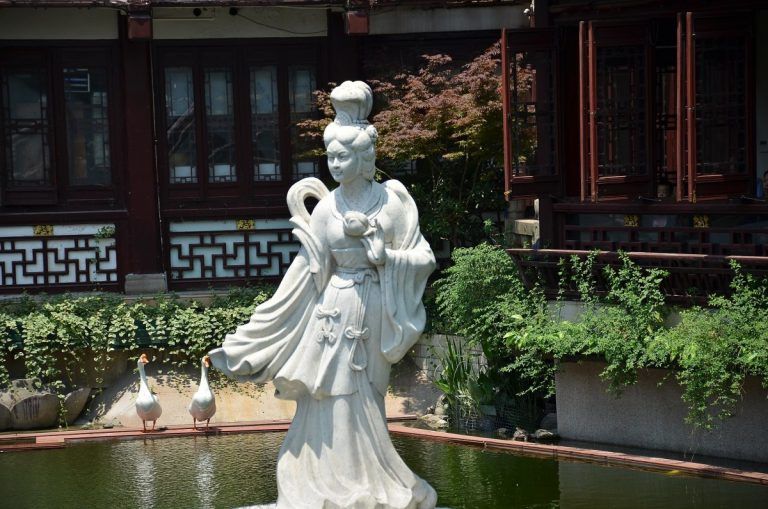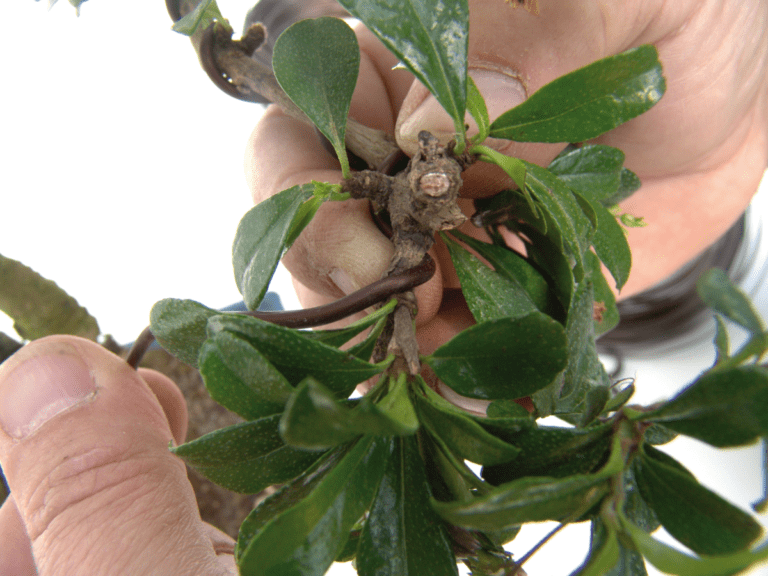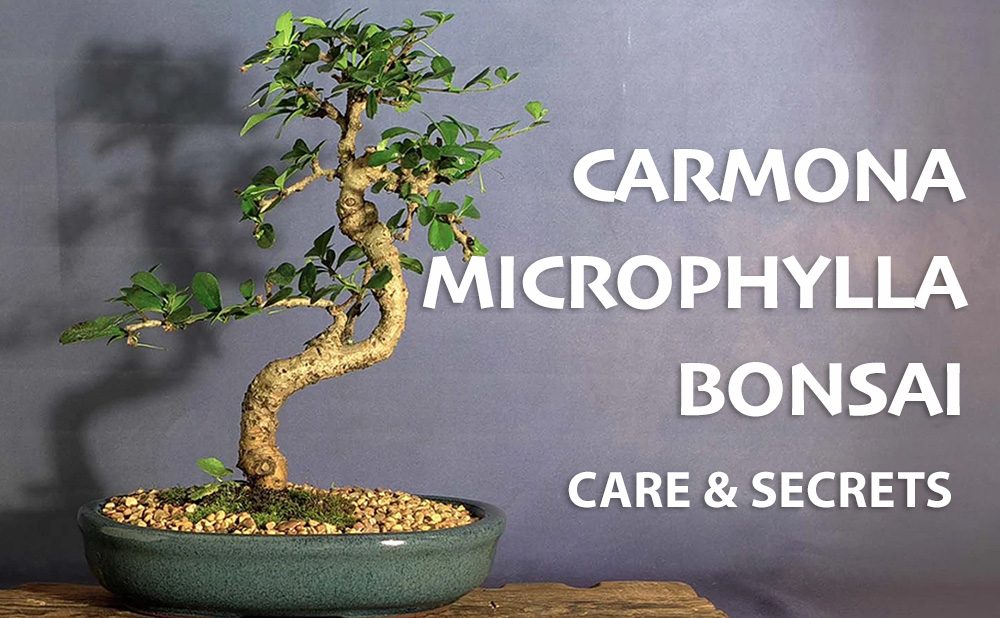- No products in the cart.
The Carmona species ranks among the easiest bonsai trees to maintain, making it perfect for beginners eager to explore this ancient art. In today’s blog, we’ll dive into the care techniques and secrets of the Carmona Microphylla bonsai trees.
Known scientifically as Carmona microphylla and commonly as the Carmona or Fukien tea bonsai tree, this plant is part of the Borraginaceae family. It originates from tropical Asia, southern China, and Southwest Asia.
Regarding the Fukien tea tree, an interesting legend from about 12 centuries ago revolves around Kung Wei, a devout peasant from Fukien province. He worshipped Goddess Kuan Yin, climbing the mountain daily to present her with a cup of tea after his day’s work.
One day, when his wife fell severely ill with stomach pains and traditional remedies failed, Kung Wei climbed the mountain in a desperate plea for her health. On his descent, he spotted an unnoticed, uniquely twisted tea tree among the rocks.

Believing it to be a divine gift from the Goddess he revered, Kung Wei carefully extracted the tree and brought it home. He brewed a tea from its leaves for his ailing wife. Miraculously, the tea alleviated her discomfort, and she quickly recovered. Overjoyed, Kung Wei began searching the mountains for more of these trees, distributing them to nearby villages as a remedy for digestive problems.
The Origins of Carmona Microphylla Bonsai
The Carmona bonsai holds a rich history, with ancient texts from the Zhou dynasty (1047 BC – 256 BC) highlighting its medicinal uses. The leaves are known for their antidiarrheal and febrifuge properties and are believed to aid in treating stomach infections. Used in infusions, they serve as remedies for stomach issues, dysentery, and coughs. Additionally, the roots of the Carmona bonsai are valued as a herbal antidote to poisoning.
Characteristics of Carmona Bonsai
In its youth, the Carmona displays elliptical, bright-green leaves. With maturity, these leaves deepen in color and develop a soft, fine hairiness. Additionally, small white dots often appear on the leaves. While these might be mistaken for pests, they are actually a natural part of the leaf’s mature structure.
What Makes the Carmona Bonsai So Appealing?
The Carmona bonsai is highly appealing as a bonsai choice due to its beautiful appearance, ease of maintenance, and quick growth. Its ability to reduce leaf size and its subtle, elegant white blossoms in late spring add a distinctive touch that enhances its charm as a bonsai.
The Carmona bonsai can be styled in various ways:
- Chokan or Formal, suitable when the trunk is straight.
- Moyogui or Informal, ideal for a curved trunk.
- Yose-ue or Forest, perfect for creating a composition with multiple Carmona bonsais.
- Penjing or Landscape, undoubtedly the most favored style, involves arranging rocks, bonsai, and miniature figures to mimic their natural habitat.
The versatility of the Fukien tea bonsai tree makes it an essential addition to any bonsai collection. Continue reading to discover more about caring for your Carmona bonsai.
Caring for Carmona Bonsai
Ideal Placement for Carmona Bonsai
Being a tropical species, the Carmona bonsai should reside indoors when external temperatures drop below 15°C. In milder conditions during spring and summer, positioning it outdoors is beneficial.
Inside, ensure it receives ample natural light by situating it within half a meter of a well-lit window. Use a curtain to filter intense sunlight during the summer months.
Watering Your Carmona Bonsai
Watering frequency is crucial for the health of your Carmona bonsai. It thrives neither in dryness nor in prolonged soggy conditions. Always water generously, utilizing the drainage holes in the bonsai pot to avoid waterlogging.
To determine when to water again, feel the substrate. If the top centimeter is dry, it’s time to water.
Optimal Fertilization Practices
During the growth phase, apply a nitrogen-rich fertilizer like Hiryo Gold Growth organic fertilizer. Switch to a phosphorus-rich fertilizer such as Nutribonsai liquid fertilizer or Hiryo Gold Flowers and Fruits organic fertilizer one month before flowering. In autumn, a potassium-rich compost like Nutribonsai Eco is advisable. Due to its sensitive roots, prefer organic, slow-release fertilizers over chemical ones.
Best Time for Transplanting Carmona Microphylla Bonsai Trees
Transplanting is crucial for renewing the roots and ensuring substrate quality. The best transplanting period is from April to early June in the northern hemisphere. This timing helps ensure optimal recovery post-transplant.
For substrate, Terrabonsai, a mix of blond peat, volcanic clay, and Akadama, is recommended. It retains moisture and nutrients well, though you may also mix your own substrate using Akadama or Pumice.
Pruning and Pinching Practices
Due to its slow growth, avoid drastic pruning on the Carmona bonsai. Use healing paste when necessary. The end of winter is the ideal time for structural pruning, just before new buds emerge.
Pinching can be performed year-round, with extra attention required during the vigorous growth of spring.
Shaping Your Carmona Microphylla Bonsai
Wiring allows for shaping the bonsai without pruning. Given the brittle nature of the Carmona species, it’s best to wire the young branches in autumn before they begin to harden.

Common Diseases and Pests in Carmona Microphylla Bonsai Trees
The Carmona bonsai often encounters several pests, including:
- Mites
- Aphids
- Cottony mealybugs
These pests can be effectively managed by applying the appropriate systemic insecticide tailored for each pest. This proactive treatment helps maintain the health and beauty of your Carmona bonsai.
Carmona Bonsai Tree: Frequently Asked Questions
Common inquiries I receive often focus on the leaves, flowers, and roots of the Carmona bonsai tree.
Is it normal for my Carmona Microphylla bonsai trees to lose leaves?
Leaf loss in Carmona bonsai isn’t typical and might indicate one of three issues: incorrect watering (either too much or too little), inappropriate placement, or root problems caused by poor absorption.
When and how should I transplant my Carmona, and how much root should I trim?
Transplant your Carmona bonsai in the spring if the tree is healthy—never transplant a weak tree. While some suggest cutting a third of the roots, Carmona bonsai are sensitive to extensive root trimming. Instead, trim only the thick roots. Use a Kumade to gently comb through the roots; the fragile ones will detach, leaving the healthier fine roots intact. Following these guidelines will help ensure your bonsai remains healthy.
When does the Carmona bonsai flower?
Carmona bonsai typically bloom in late spring or early summer. To prolong flower life, water the substrate carefully to avoid wetting the flowers.

The Carmona Microphylla Bonsai Trees, or Fukien Tea, is a stunning and easy-to-grow bonsai with a rich history of hope and beauty. What more could one want from a bonsai?
Enjoyed this post? Don’t forget to share it with those who might find it helpful, and follow us on our social media channels, Instagram & Facebook, to stay updated.
See you in another bonsai discussion!

